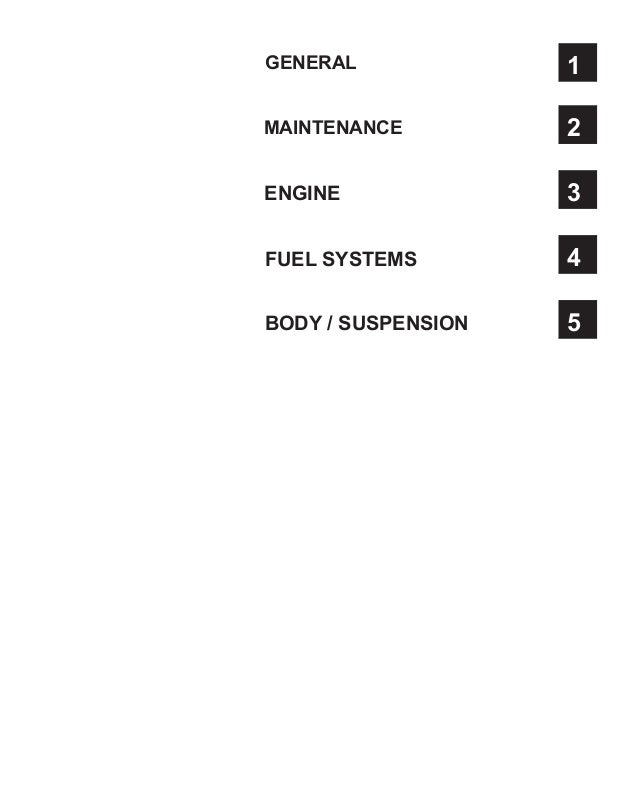Goodyear Cessna Manual
AKRON, Ohio, Dec. 7, 2010 /PRNewswire-FirstCall/ - Knowing your limits is sage advice that applies to everything in life from financial risk to piloting an airplane or even that return trip to the buffet. But when it comes to aircraft tire wear, it's all about routine inspection and knowing the facts.
Aircraft tires experience wear during taxi, takeoff, and landing. Takeoff generates the most tire wear because the airplane has a full fuel load and the tires are pre-heated by taxiing. So with all aircraft, tires should be routinely inspected during preflight to check tire wear. When inspecting aircraft tires, the first thing to check (after checking the tire pressure) is the amount of remaining tread to avoid excessive wear and possible unsafe conditions.
According to Larry Rapsard, product support manager for The Goodyear Tire & Rubber Company (NYSE: GT), 'Aircraft tires should be removed when the tread is worn to the base of any groove at any spot, or to the minimum depth stated by the aircraft manufacturer.' Tires should also be examined for uneven wear. In cases where gear camber wears one side faster than the other, tires can be demounted and turned around to extend the tire life. Uneven aircraft tire wear is usually an indication of gear misalignment or tire underinflation.

Aircraft Spruce supplies components for a wide variety of homebuilt aircraft and discount pilot supplies.

Rapsard also lists other aircraft tire wear conditions revealed through inspection that may require tires to be removed from service. 'Sidewall damage including some weatherchecking, cracks, or cuts means the tire should be scrapped if the damage extends down to the fabric plies.

The same goes for tread cuts and groove cracking,' he said. Damage that doesn't expose the cords normally does not require the tire to be removed. Other excessive operating conditions will cause the tread to wear much faster, such as high energy braking, high speed taxiing and high speed cornering. Be sure to consider these if you see fast tread wear. Also, tires that have been run while more than 10% underinflated can be damaged internally and should be removed. By taking the time to conduct proper inspections and knowing the limits of acceptable aircraft tire wear, you'll get the most out of your tires.
Cessna Manual Of Flight
These tips and more are covered in detail in Goodyear's. For information about Goodyear aviation tires and dealer locations, visit.
Cessna Manual Storage Console W/cup Holders
SOURCE Goodyear.
